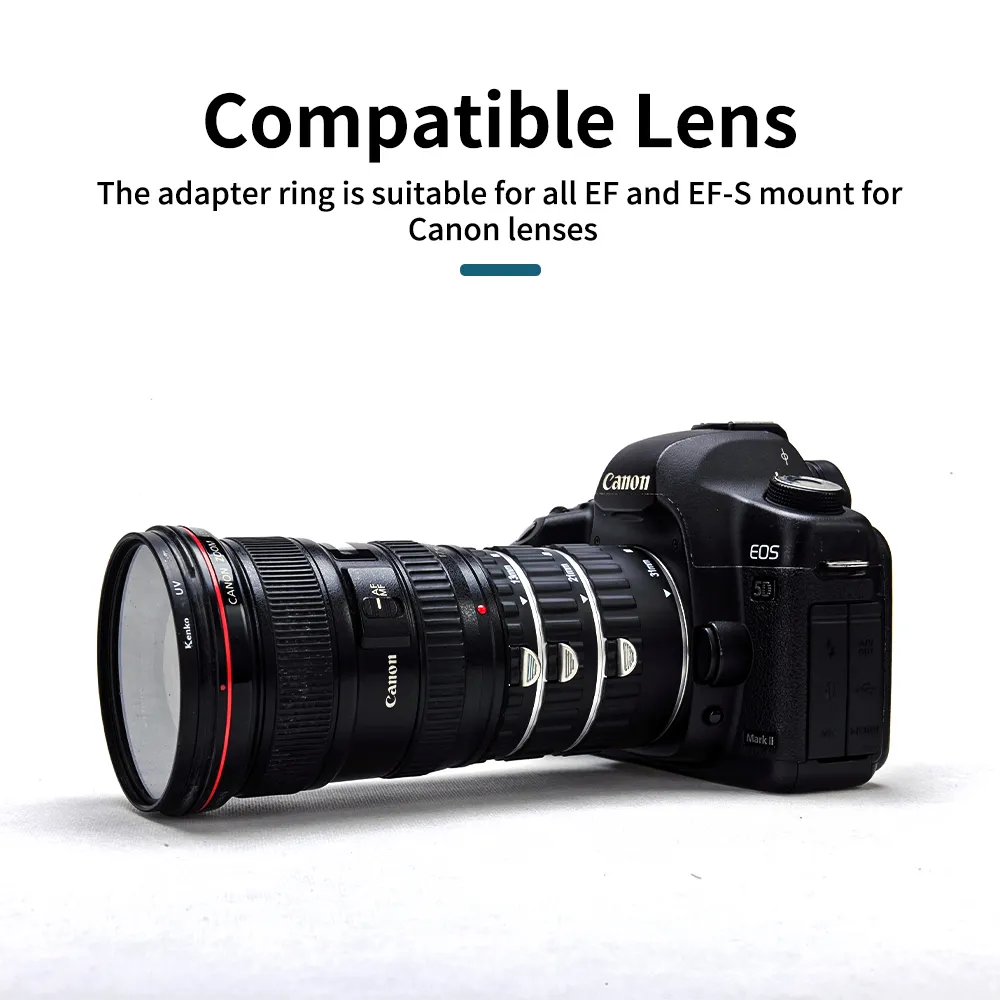

Time:2025-04-11 Views:1

Macro lenses and ordinary lenses are two distinct types of lenses in the world of photography, each with its own unique characteristics and applications.
One of the most prominent differences lies in their focal length and magnification capabilities. Macro lenses are specifically designed for close - up photography. They typically have a focal length in the range of 50mm to 200mm, but what sets them apart is their ability to achieve a high magnification ratio. Many macro lenses can magnify subjects up to a life - size ratio of 1:1 or even higher, such as 2:1. This means that a subject that is 10mm in real life will be reproduced as 10mm on the camera's sensor. In contrast, ordinary lenses, such as standard zoom lenses or wide - angle lenses, are designed for general - purpose photography. Their magnification ratios are much lower, usually not exceeding 1:4. They are more suitable for capturing landscapes, group photos, and day - to - day scenes where a large area needs to be covered.
Another difference is in the optical design. Macro lenses are engineered to provide extremely sharp and detailed images at close - focusing distances. To achieve this, they often have complex optical elements and coatings to correct for aberrations, such as chromatic aberration (color fringing) and spherical aberration (blurring at the edges). These corrections ensure that the fine details of a subject, like the veins on a flower petal or the texture of an insect's wings, are rendered accurately. Ordinary lenses, while also designed to be sharp, do not need to focus as closely and may not have the same level of correction for aberrations at extreme close - up distances.
The depth of field also varies between macro and ordinary lenses. Macro lenses, when used at their maximum magnification, have a very shallow depth of field. This means that only a very thin slice of the subject is in sharp focus, while the rest of the image appears blurred. This can be used creatively to isolate the subject and add a sense of depth and drama to the photo. Ordinary lenses, depending on their focal length and aperture settings, can have a much larger depth of field, allowing more of the scene to be in focus, which is useful for landscape and group photography.
In terms of price, macro lenses are generally more expensive due to their specialized design and high - quality optical components. However, for photographers interested in close - up and detailed photography, the unique capabilities of macro lenses make them a worthwhile investment.
Read recommendations:
motorcycle camera mount equipment
1'' Ball Adapter with M10 x 1.25 Threaded Post Compatible with RAM Mounts B Size Double Socket Arm
Plastic and Metal Combined Camera Cage
Analyzing the Even - load Performance of Macro Lens Adapters